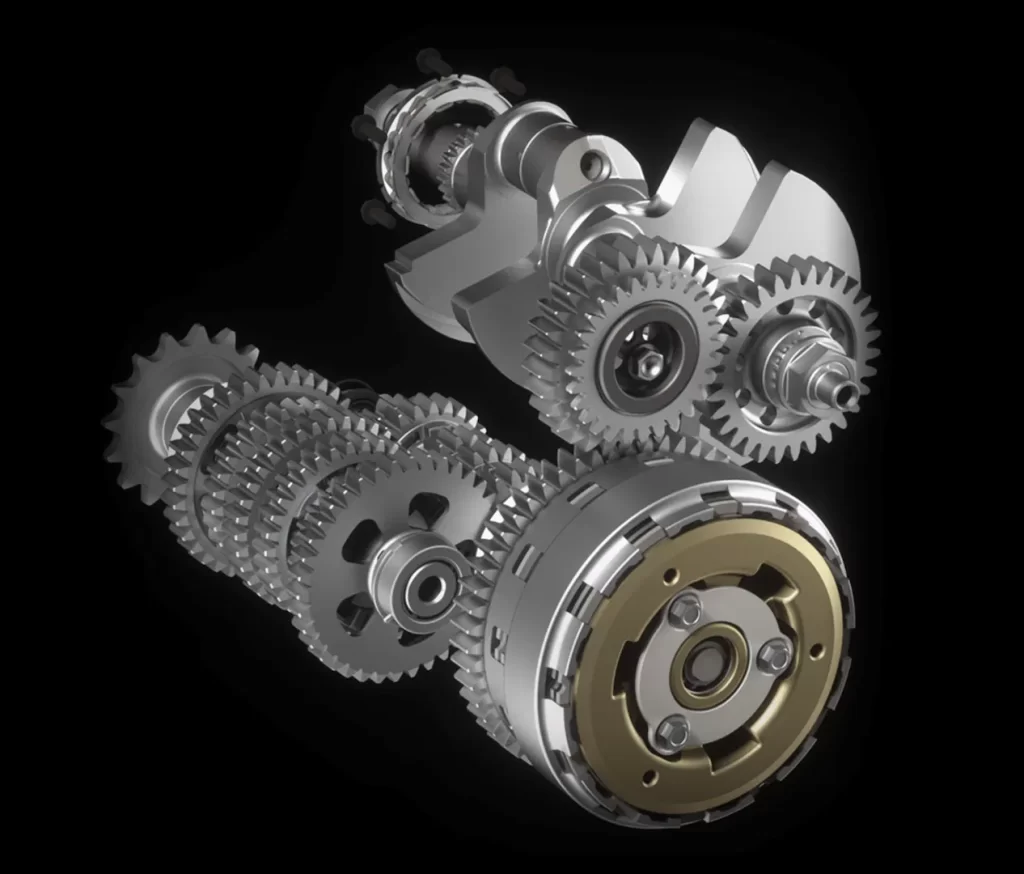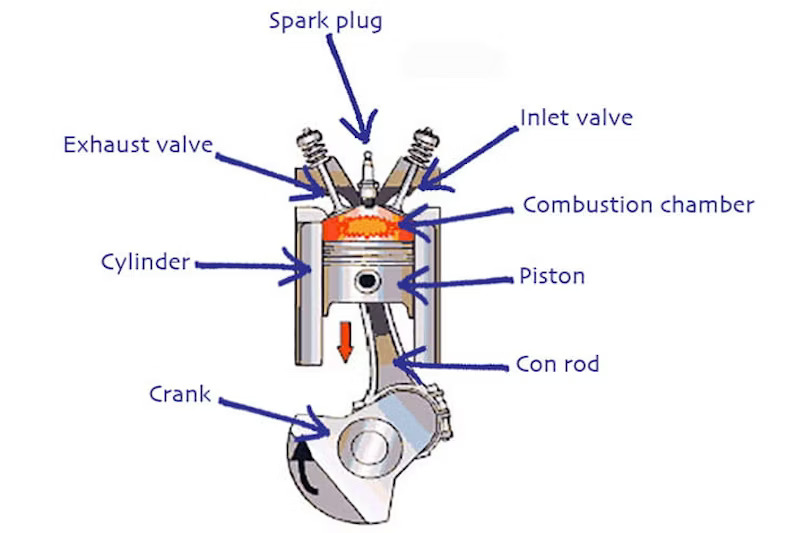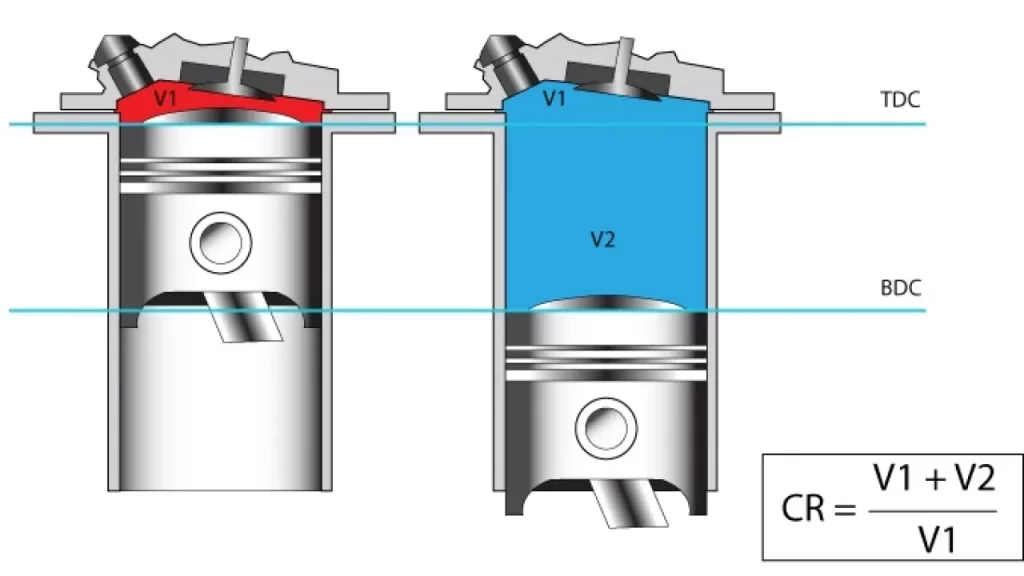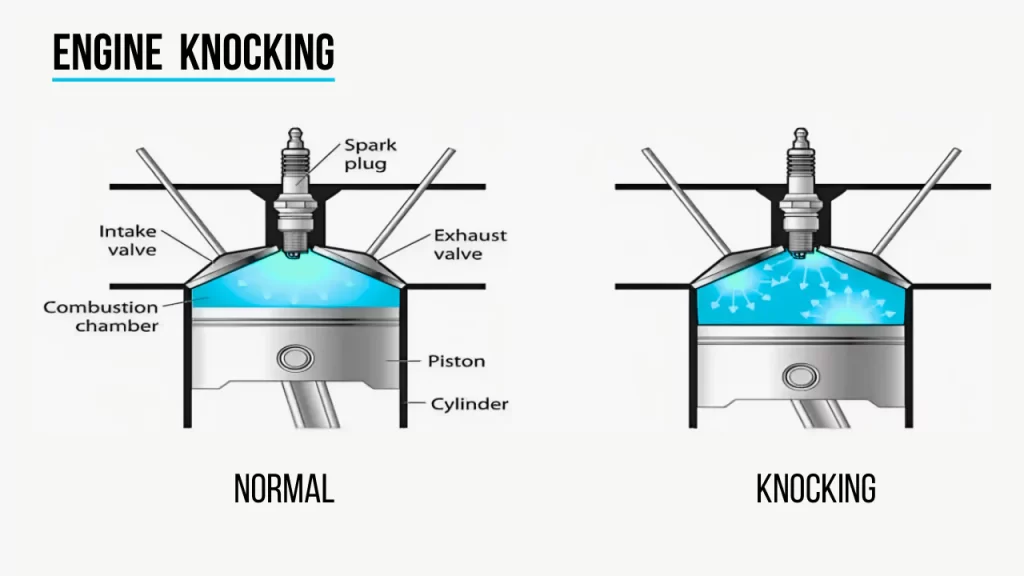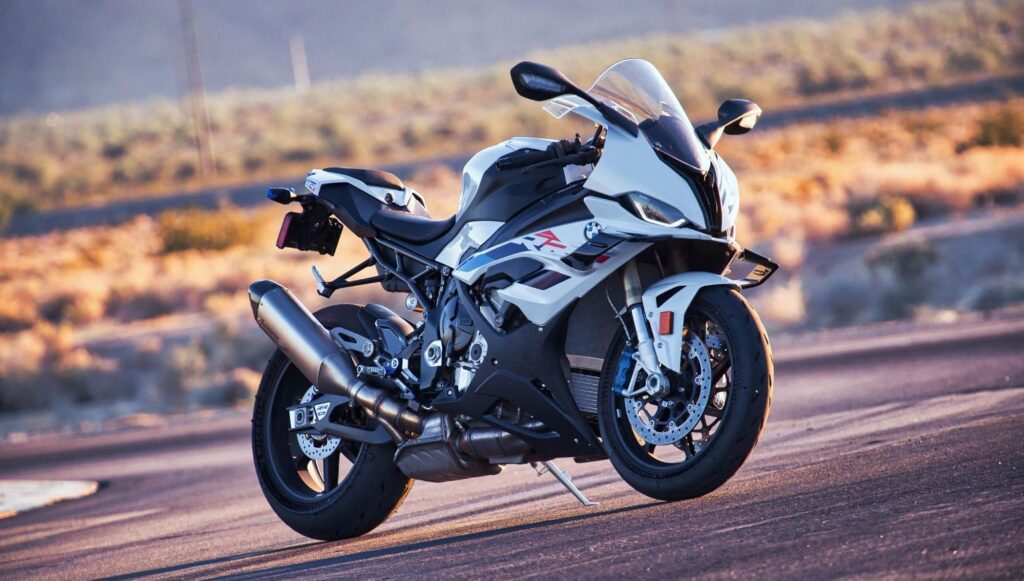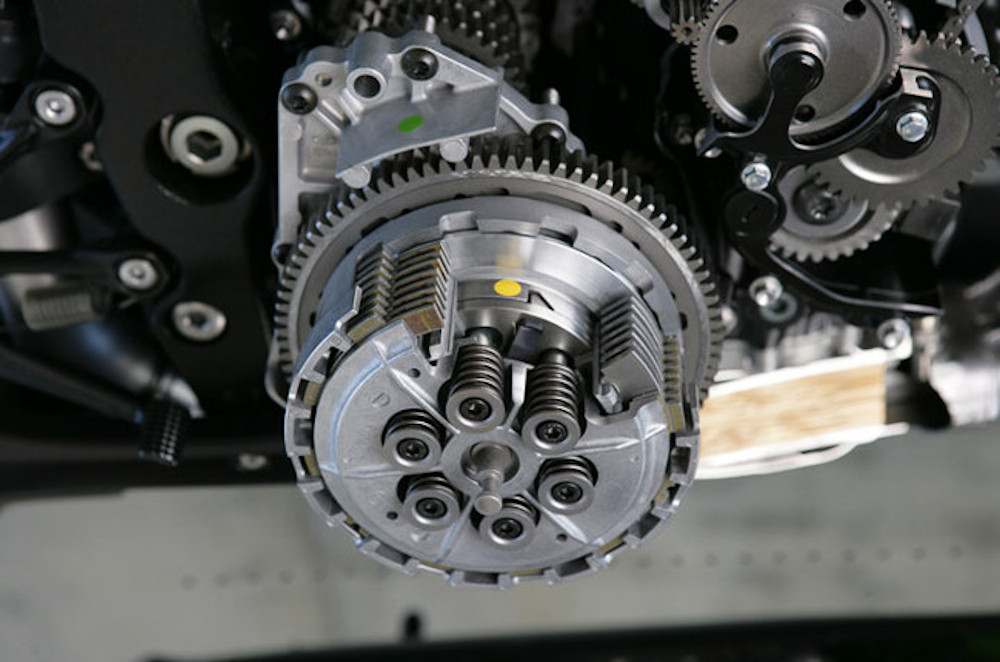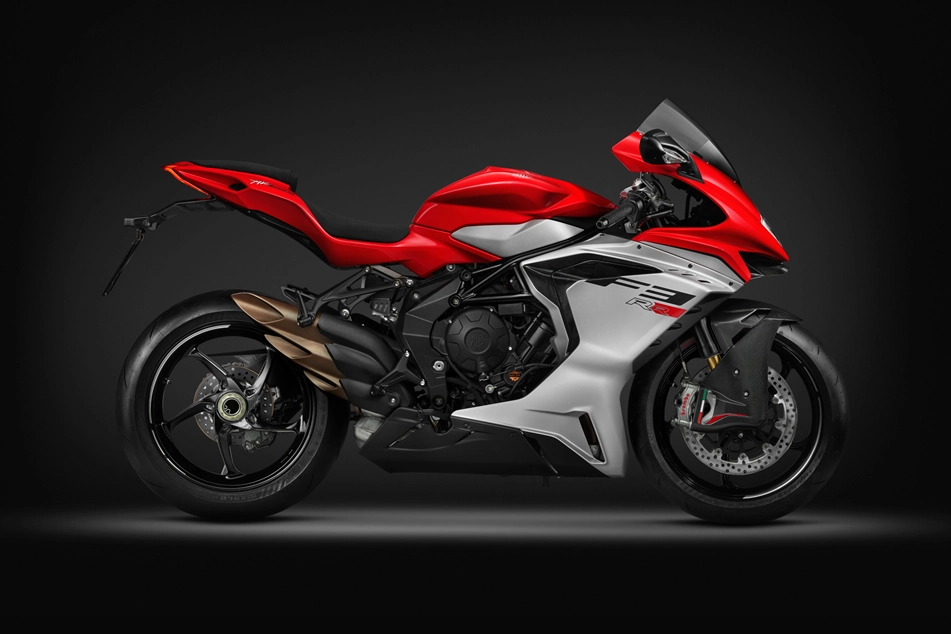You may remember that Ducati touted a counter-rotating crankshaft for the Panigale V4 was introduced. It is now a shared feature among their V4-engined family.
It is all about forces
Inside almost every motorcycle ever built the crankshaft turns in the same direction as the wheels. But in recent years a handful of exotic bikes have started spinning their cranks backwards. If you’ve heard the term ‘counter-rotating crankshaft’ but aren’t entirely sure what it means, what the advantages are or which bikes have one, read on.
(Quick point of order: we’re focusing on bikes with across-the-frame cranks here. Bikes with inline cranks, such as BMW boxers, Honda Goldwings and Moto Guzzi V-twins, can sit this one out. They’re free to spin either way.)
Spinning things like to stay spinning, called inertia, while the spinning motion causes gyroscopic and centrifugal forces.
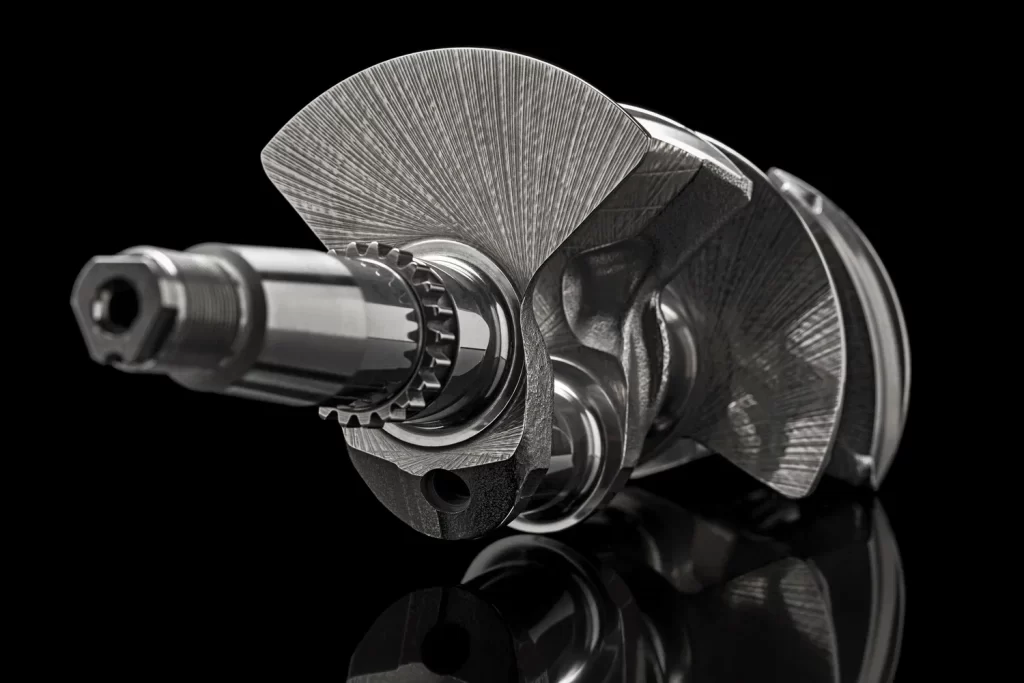
When you’re riding along in a straight line, both wheels whizzing around beneath you, everything’s fine and dandy. But try to lean the bike over, shifting multiple spinning objects (wheels, brake discs, tyres, crankshaft) away from the plane in which they were quite happily turning, and they’ll resist.
How big this gyroscopic resistance is – which affects how much physical input you need to move the bike off line – depends on the weight of each spinning object, its diameter and the speed at which it’s spinning. One solution would be to reduce any (or all) of the above: lighter wheels (expensive), smaller wheels (wobblier), or slower wheels (boring).
Another fix is to introduce something spinning in the opposite direction. Something like, say, the crankshaft. It might be small, but it can spin really fast. At 100-110 km/h a typical 17-inch front wheel turns at just 1000 RPM; the crank, meanwhile, could be spinning ten times as fast.
Well, alrighty then. Simply spin the crank the other way and you’re reducing the bike’s total gyroscopic resistance. This means less effort is needed to get the bike turn, making for increased agility, lighter steering, nimbler handling and other great road test cliches.
But wait, there’s more! Spinning the crank backwards also gives a second benefit, in the form of an anti-wheelie effect. This is down to a torque reaction from the crankshaft accelerating. When a forwards-spinning crank accelerates, the rest of the bike rotates backwards: the nose lifts and the tail drops. With a counter-rotating crank, the nose instead drops, meaning less wheelie, allowing better acceleration.
So why don’t all bikes have it?
Spin the crank backwards and your rear wheel also turns backwards. To fix this mild inconvenience you have to add an additional shaft inside the engine (an idler gear/countershaft/jackshaft) to keep the rest of the powertrain moving the right way. This extra shaft adds weight, cost and complexity, plus it saps power due to friction.
The trade-off is worth making in MotoGP, where every bike on the 2023 grid uses a counter-rotating crank. It’s not actually an especially new idea in racing: Honda’s 1987 NSR500 had one, as did Yamaha’s first YZR-M1 in 2002, a year before the Petronas FP1 (which used a backwards-spinning crank by virtue of its completely back-to-front engine) in World Superbikes.
Who else uses it?
On the road, just two major manufacturers use counter-rotating cranks today: Ducati, in all its V4s and MV Agusta, in its triples. A tiny number of other two-wheelers have used them in the past, including – of all things – the Aprilia SRV850 maxi-scooter, which shared its 839cc V-twin and CVT with the Gilera GP800 and Aprilia Mana, both launched back in 2008. Curiously, Aprilia never thought to mention this feature until the SRV arrived in 2012.


